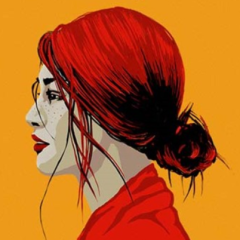Тема о КОРОНАВИРУСУ... све на једном месту
-
Чланови који сада читају 0 чланова
- Нема регистрованих чланова који гледају ову страницу
-
Сличан садржај
-
- 1 одговор
- 218 прегледâ
-
- 0 одговора
- 147 прегледâ
-
- 411 одговора
- 12933 прегледâ
-
ĆIRILICA SVUDA - OD FAKULTETA DO RAČUNA I POTVRDA: Šta piše u nacrtu zakona koji je Vučić predao Dodiku? 1 2 3 4 31
Од JESSY,
- 462 одговора
- 8819 прегледâ
-
Parovi iz Srbije koji su se VOLELI U SREDNJOJ ŠKOLI, raskinuli i onda ih je SUDBINA PONOVO SPOJILA
Од JESSY,
- 0 одговора
- 277 прегледâ
-



Препоручена порука
Придружите се разговору
Можете одговорити сада, а касније да се региструјете на Поуке.орг Ако имате налог, пријавите се сада да бисте објавили на свом налогу.